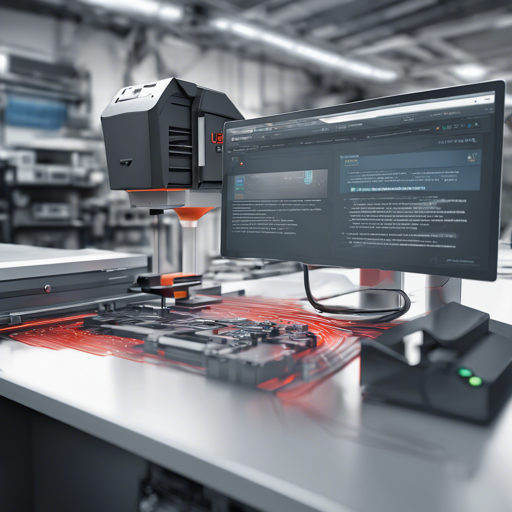Universal G-Code Sender (UGS) is a versatile, Java-based tool used for sending G-code commands to various CNC engines. It works seamlessly with platforms like GRBL, TinyG, g2core, and Smoothieware, making it an essential companion for CNC enthusiasts. In this guide, we will explore how to install and navigate UGS, as well as troubleshoot common issues that you might encounter.
Step-by-Step Installation Guide
To get started with UGS, follow these straightforward steps:
- Download the Latest Release: Visit the releases page to download the latest version of UGS.
- Choose Your Platform: Select the version appropriate for your operating system (Windows, Mac, or Linux).
- Extract the Files: Unzip the downloaded file to a convenient location on your computer.
- Run the Application: For UGS Platform, navigate to the folder and double-click the ‘ugsplatform’ executable. For UGS Classic, double-click the .jar file to start the program.
Navigating the UGS Interface
Once you’ve installed UGS, familiarizing yourself with the interface is key to effective operation:
- Main Window: The main window features control buttons to manage your CNC job, including jogging controls, command input, and G-code visualization.
- Customizable Panels: You can adjust the layout to suit your preferences by dragging the panels around.
- Plugins: UGS supports various plugins to enhance its functionality. You can manage and install these from the “Plugins” menu.
Understanding the Code Behind UGS
UGS is built using several programming frameworks and libraries which enable its wide-ranging capabilities. Think of UGS as a well-organized toolbox in a workshop. Each tool in the toolbox (like JSSC or JSerialComm for serial communication, or JogAmp for OpenGL integration) serves a specific purpose, contributing to the overall efficiency and functionality of the toolbox.
Likewise, these frameworks work in tandem to ensure that UGS performs smoothly, whether it’s sending commands to a CNC machine or interpreting G-code files.
Troubleshooting Common Issues
While using UGS, you may face several common problems. Here are some troubleshooting tips:
- Connection Issues: Ensure that the correct COM port is selected and that your CNC device is powered on. Check your USB cable for any damage.
- G-Code Not Executing: Verify that your G-code file is properly formatted and valid for your CNC machine.
- Application Crashing: Make sure your Java version is updated to the required version (Java 17) or higher, as older versions can lead to instability.
For more insights, updates, or to collaborate on AI development projects, stay connected with fxis.ai.
Conclusion
Universal G-Code Sender is an invaluable tool for anyone involved in CNC machining. By following the steps outlined in this guide, you can effectively install, navigate, and troubleshoot UGS to unleash its full potential in your projects.
At fxis.ai, we believe that such advancements are crucial for the future of AI, as they enable more comprehensive and effective solutions. Our team is continually exploring new methodologies to push the envelope in artificial intelligence, ensuring that our clients benefit from the latest technological innovations.

